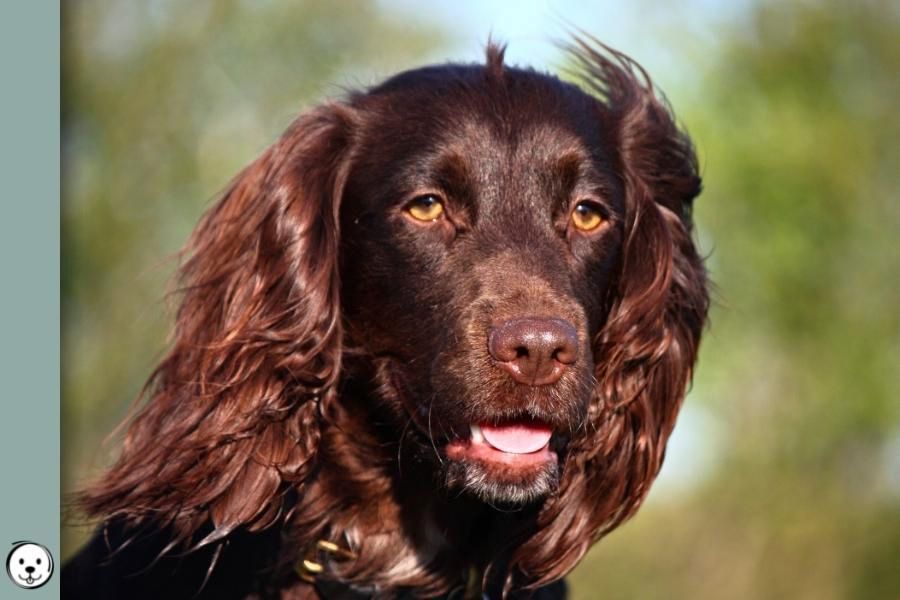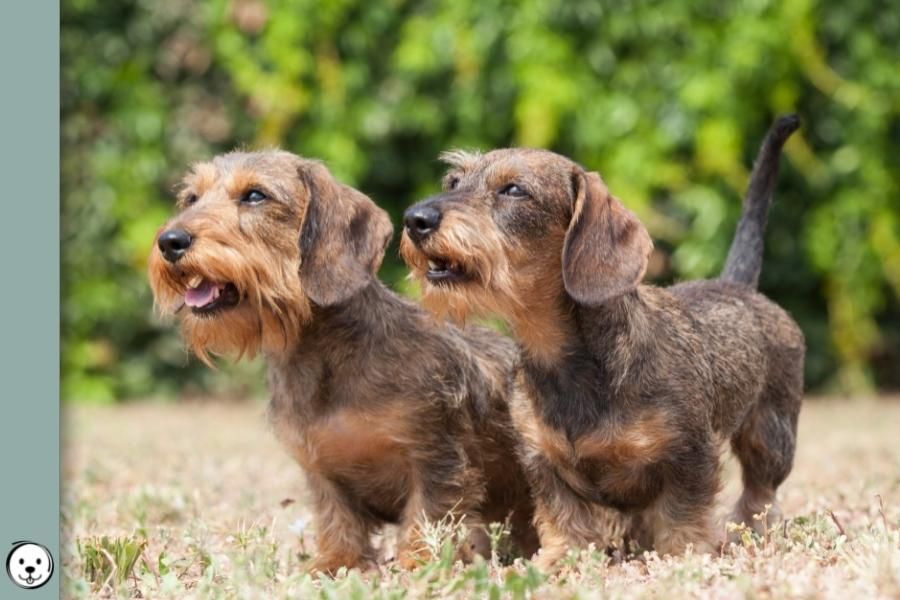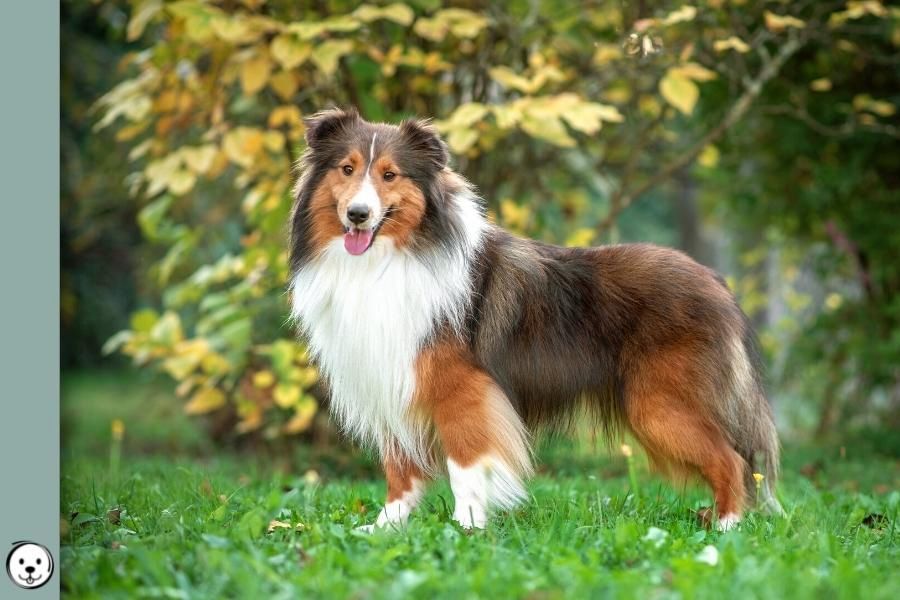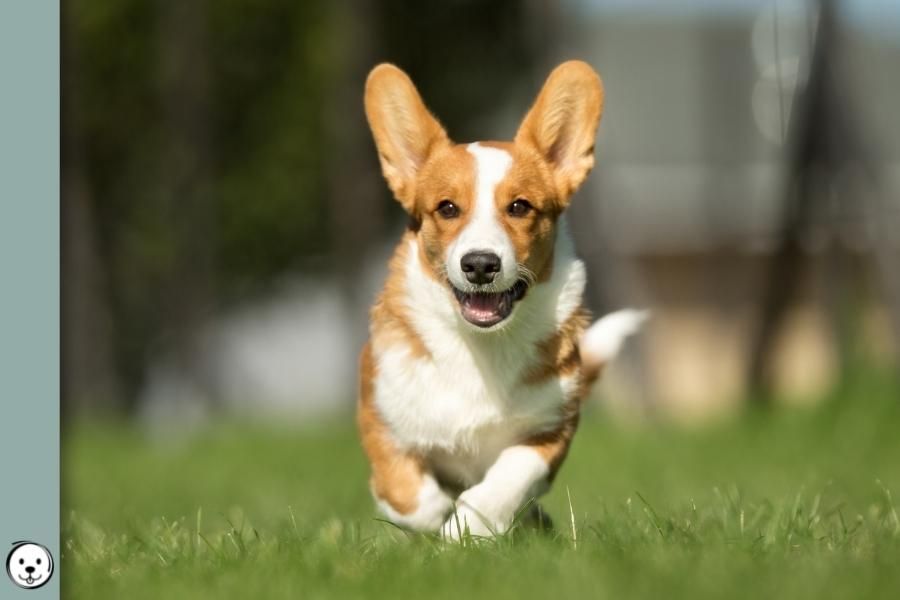G Locus – Progressive Graying
Progressive graying causes a dog’s eumelanin pigment color to fade over time. Black fades to gray or silver while brown fades to a sandy beige or reddish cream color. What is Progressive Graying? In some dog breeds, puppies that were born with regular black or brown eumelanin pigment will fade to a lighter and paler … Read more










